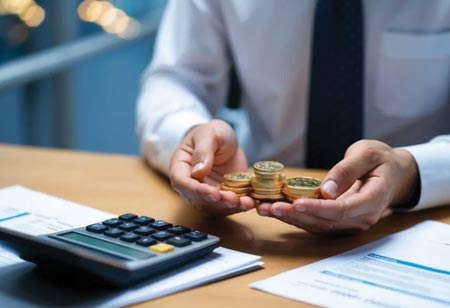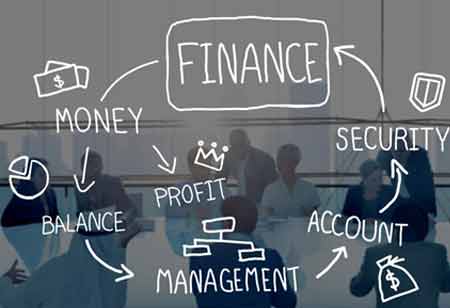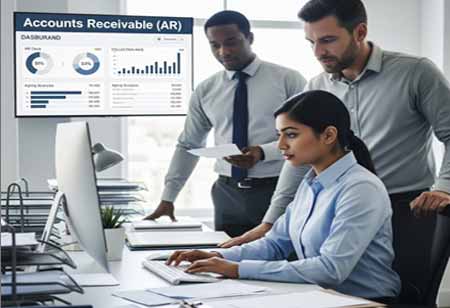CLOSE
Specials
- Trading Solutions APAC
- Wealth Management MENA
- CPA Firms Canada
- Financial Risk Management APAC
- Investment Banking APAC
- Corporate Advisory APAC
- Regtech APAC
- Escrow Services
- Digital Banking Latam
- Investment Advisory APAC
- Treasury Management Europe
- RegTech Europe
- Financial Risk Management Europe
- Mortgage Broker
- Financial Licensing Europe
- RIA Advisory Europe
- FinTech Canada
- Financial Asset Management APAC
- Financial Health Europe
- Trading
- Investment Services Europe
- Lending Mangment Latam
- Payment Solution Europe
- Broker Dealer Firms Canada
- Alternative Investments Canada
- Financial Fraud
- Investment Management Latam
- Investment Banking Canada
- Lending Management
- Payment Solution
- Proprietary Trading Europe
- Wealth Management
- FinTech
- Financial Brokerage Firm APAC
- Investment Advisory Europe
- Claim Adjusting
- Claim Adjusting APAC
- Mergers and Acquisitions Consulting APAC
- Equipment Financing
- CPA Firms
- Mergers and Acquisitions Consulting Canada
- Investment Services
- Valuation Services Canada
- Wealth Management APAC
- Broker Dealer Firms
- Debt Collection Agencies
- Mergers and Acquisitions Consulting
- FinTech Europe
- Fintech Latam
- Financial Planning / Retirement
- Investment Management
- Financial Compliance
- Payment and Card Latam
- Financial Marketing
- Investment Services Latam
- Digital Insurance Europe
- Alternative Investments
- Trading Solutions Europe
- Tax Advisory Canada
- Mergers and Acquisitions Consulting Latam
- Wealth Management Latam
- Digital Banking Europe
- Business Loan
- Financial Portfolio Management Canada
- Financial Restructuring Europe
- Mergers and Acquisitions Consulting Europe
- Wealth Management Europe
- Debt Collection Agencies Europe
- CFO Services
Weekly Brief
×Be first to read the latest tech news, Industry Leader's Insights, and CIO interviews of medium and large enterprises exclusively from Financial Services Review
Thank you for Subscribing to Financial Services Review Weekly Brief
Rising Demand for Precious Metals IRAs Reshapes Retirement Strategies

By
Financial Services Review | Wednesday, April 02, 2025
Stay ahead of the industry with exclusive feature stories on the top companies, expert insights and the latest news delivered straight to your inbox. Subscribe today.
The investment landscape is going through a transformation as market uncertainties push investors toward tangible assets. Precious Metals IRAs are experiencing a surge in interest as investors seek stability amidst fluctuating economic conditions. Gold, silver, platinum, and palladium are becoming critical components of retirement portfolios, offering a hedge against inflation and market volatility. The appeal of these assets lies in their ability to maintain intrinsic value over time, particularly during periods of economic downturn or currency devaluation.
A growing demographic shift is also influencing the market. Younger investors are beginning to explore alternative retirement investment strategies, moving away from traditional stocks and bonds. Digital platforms and fintech innovations are making precious metals IRAs more accessible, allowing investors to seamlessly integrate these assets into their portfolios with real-time tracking and automated rebalancing. As financial literacy increases among younger generations, the demand for diversification is reshaping the retirement investment sector.
Global economic factors are further driving this trend. Trade policies, geopolitical tensions, and inflationary pressures are leading investors to prioritize wealth preservation. Central banks increasing their gold reserves signal confidence in tangible assets, reinforcing their role as a long-term store of value. The rising popularity of self-directed IRAs is also contributing to the expansion of the market, as investors demand greater control over their retirement savings and seek to customize their asset allocations.
Challenges and Innovative Solutions in the Precious Metals IRA Sector
The IRS imposes strict guidelines on the storage, custodianship, and transfer of physical precious metals within IRAs. Investors must adhere to specific depository requirements, which can complicate the investment process. To address this challenge, service providers are introducing streamlined solutions, including integrated platforms that simplify compliance procedures and ensure adherence to regulatory standards.
Market volatility poses another challenge. While precious metals are traditionally viewed as safe-haven assets, short-term price fluctuations can deter some investors. To counteract this, asset management firms are offering educational resources that provide insight into the long-term benefits of holding precious metals. Risk mitigation strategies, such as structured diversification and dynamic allocation models, are also being introduced to enhance portfolio stability.
Liquidity concerns have historically been a point of contention for precious metals investors. Unlike stocks, which can be liquidated quickly, physical metals require secure storage and transfer protocols, which may create delays in accessing funds. Innovative solutions, including tokenized precious metals and blockchain-based ownership verification, are emerging to address these concerns. Digital gold and fractional ownership platforms are making it easier for investors to trade and liquidate assets without logistical hurdles.
Another hurdle is the increasing scrutiny of the environmental and ethical implications of precious metal mining. Investors are becoming more conscious of sustainable and ethically sourced metals, leading to a shift in demand. The industry is responding by emphasizing recycled metals and sourcing from certified, responsible mining operations. Companies are developing transparent supply chains that verify the origins of metals, aligning with investor values and sustainability goals.
Opportunities and Future Advancements in the Market
The sector presents vast opportunities for investors and industry stakeholders. One of the most promising developments is the integration of technology in precious metals trading and storage solutions. Digital platforms are revolutionizing the way investors interact with physical assets, offering real-time tracking, AI-driven portfolio management, and seamless transactions. As fintech continues to evolve, the accessibility and efficiency of investing in precious metals IRAs will improve.
Institutional interest is also driving expansion. Pension funds, hedge funds, and corporate investors are increasingly incorporating precious metals into their long-term strategies. This growing institutional adoption is solidifying the position of precious metals IRAs as a mainstream retirement investment option, leading to increased liquidity and stability in the market.
Advancements in secure storage solutions are further enhancing investor confidence. High-security vaults equipped with biometric authentication and advanced monitoring systems are setting new standards for asset protection. Some storage facilities are even offering digital certificates of authenticity and real-time audit reports, ensuring investors have full transparency over their holdings.
Precious metals' function as a buffer against inflation and currency depreciation is still supported by economic cycles. Gold and silver have generally done better than other asset types during difficult economic times, giving investors a dependable store of value. The current macroeconomic landscape suggests that this trend will persist, making precious metals IRAs a compelling option for those seeking long-term security.
The intersection of blockchain technology and precious metals is another area of rapid development. Asset tokenization is enabling fractional ownership, reducing barriers to entry for smaller investors. Blockchain-based verification systems are increasing transparency in transactions, ensuring authenticity and eliminating fraud risks. These technological advancements are poised to enhance the overall efficiency and security of the precious metals market.

Copyright © 2025 Financial Services Review. All rights reserved






